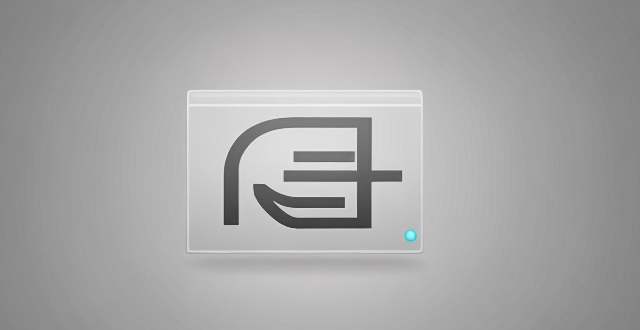Both clear iPhone screen protectors and tempered glass ones aim to safeguard your device from damage. While both offer protection, they differ in material, construction, and overall capabilities. Tempered glass is generally more durable and resistant to impact and scratches but is also more expensive and challenging to install perfectly. Clear screen protectors are less expensive, easier to apply, and provide good scratch resistance but may need to be replaced more frequently. If you prioritize maximum protection for your iPhone's screen, a tempered glass screen protector would be advisable. However, if you prefer a more affordable and easily replaceable option, a clear screen protector could still serve as a decent barrier against everyday wear and tear.

Do Clear iPhone Screen Protectors Offer the Same Protection as Tempered Glass Ones?
Clear iPhone screen protectors and tempered glass screen protectors are two popular options for protecting your iPhone's display. While both types of screen protectors aim to safeguard your device from scratches, cracks, and other forms of damage, they differ in terms of their materials, construction, and overall protection capabilities. Let's delve into the differences between these two types of screen protectors:
Material and Construction
Clear iPhone Screen Protectors
- Made from a thin, transparent plastic film (such as PET or TPU).
- Typically softer and more flexible than tempered glass.
- Easier to apply without bubbles or creases.
- Can be less durable than tempered glass when it comes to impact resistance.
Tempered Glass Screen Protectors
- Crafted from a thin layer of chemically treated glass.
- Designed to absorb and distribute impact force away from the screen.
- Stiffer and less flexible than clear plastic screen protectors.
- More challenging to install perfectly due to its rigidity.
Protection Capabilities
Scratch Resistance
- Clear Screen Protectors: Generally offer good scratch resistance but may not stand up to sharper objects like keys or gravel.
- Tempered Glass: Highly resistant to scratches and can withstand more pressure from sharp objects.
Impact Protection
- Clear Screen Protectors: Provide a basic level of impact protection by acting as a sacrificial layer. However, they may tear or get damaged upon high-force impacts.
- Tempered Glass: Higher impact protection due to its shatter-resistant nature; it can often prevent the screen from cracking even under significant force.
Touch Sensitivity
- Clear Screen Protectors: Generally maintain good touch sensitivity, although thicker options might slightly reduce responsiveness.
- Tempered Glass: Also preserves excellent touch sensitivity because of its smooth surface and uniform thickness.
Other Considerations
Cost
- Clear Screen Protectors: Generally less expensive than tempered glass options.
- Tempered Glass: More costly due to the manufacturing process and higher quality materials.
Clarity and Appearance
- Clear Screen Protectors: Can have a slight haze or reduce the clarity of the screen if not high-quality.
- Tempered Glass: Offers superior clarity that closely mimics the iPhone's bare screen.
Lifespan
- Clear Screen Protectors: May need to be replaced more frequently due to wear and tear.
- Tempered Glass: Lasts longer but once it cracks or shatters, it needs to be replaced entirely.
In conclusion, while clear iPhone screen protectors do offer some degree of protection, they are generally considered to be less effective than tempered glass screen protectors in terms of impact resistance and durability. If you prioritize maximum protection for your iPhone's screen, investing in a tempered glass screen protector would be advisable. However, if you prefer a more affordable and easily replaceable option, a clear screen protector could still serve as a decent barrier against everyday wear and tear.